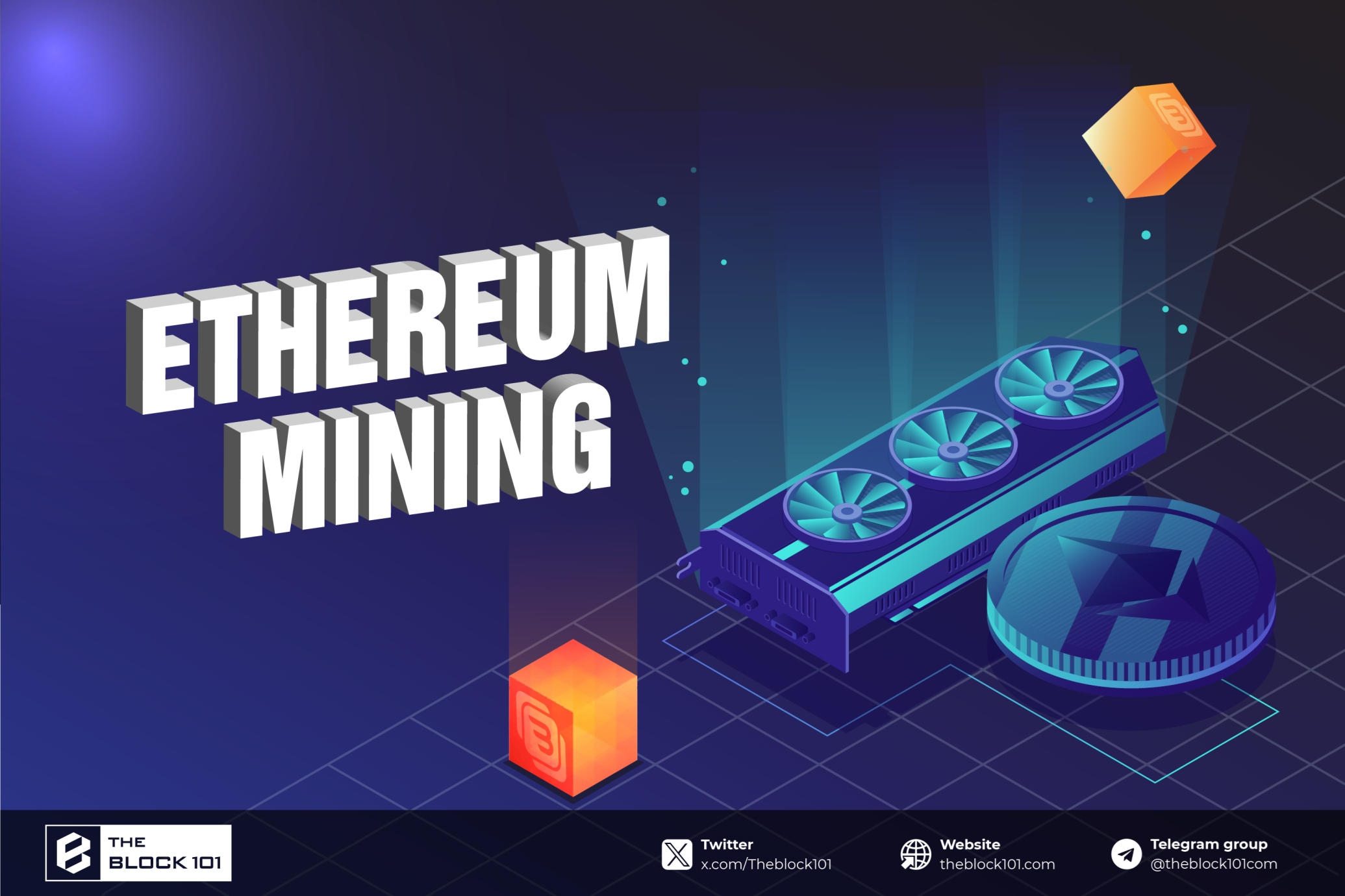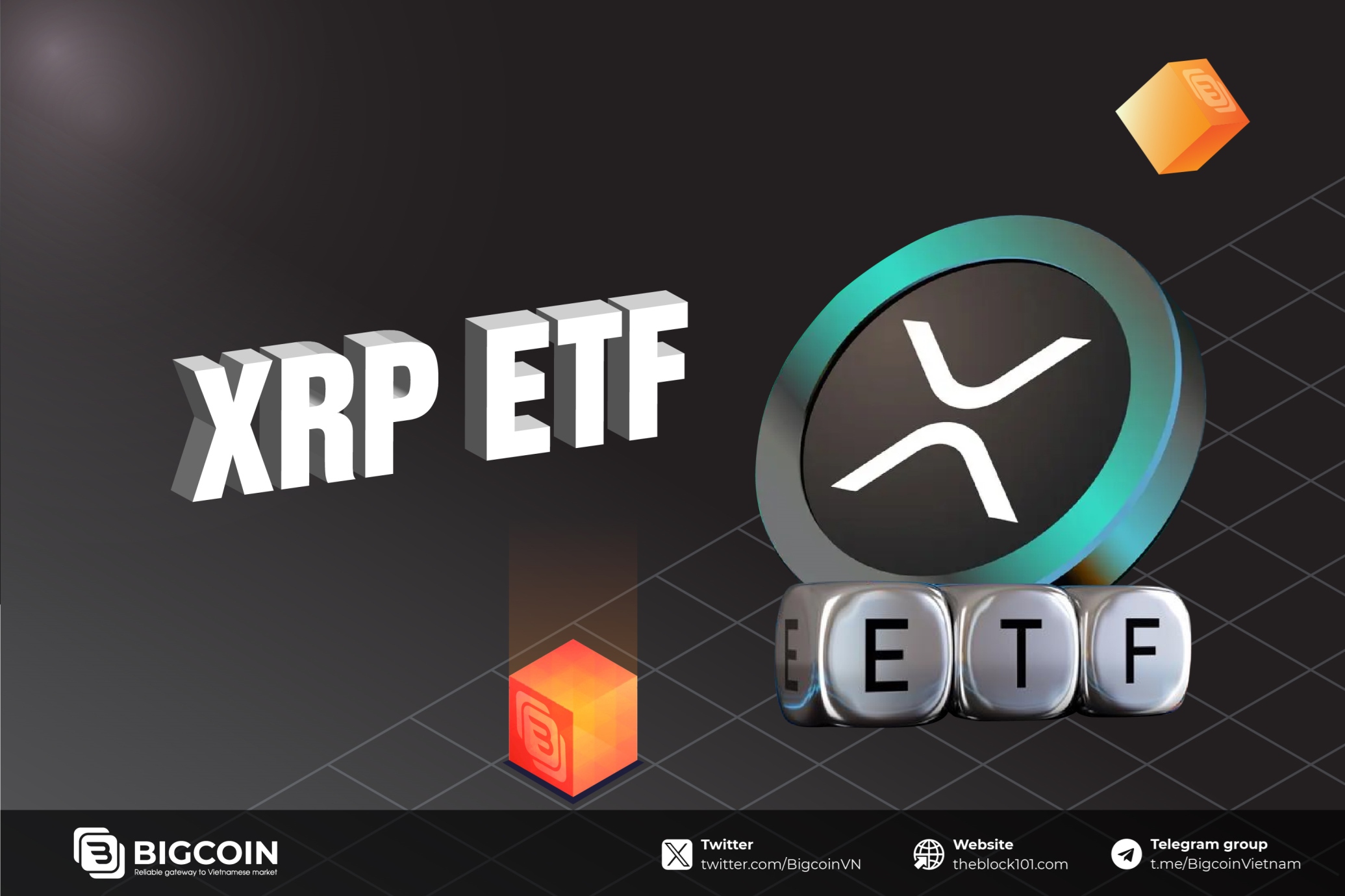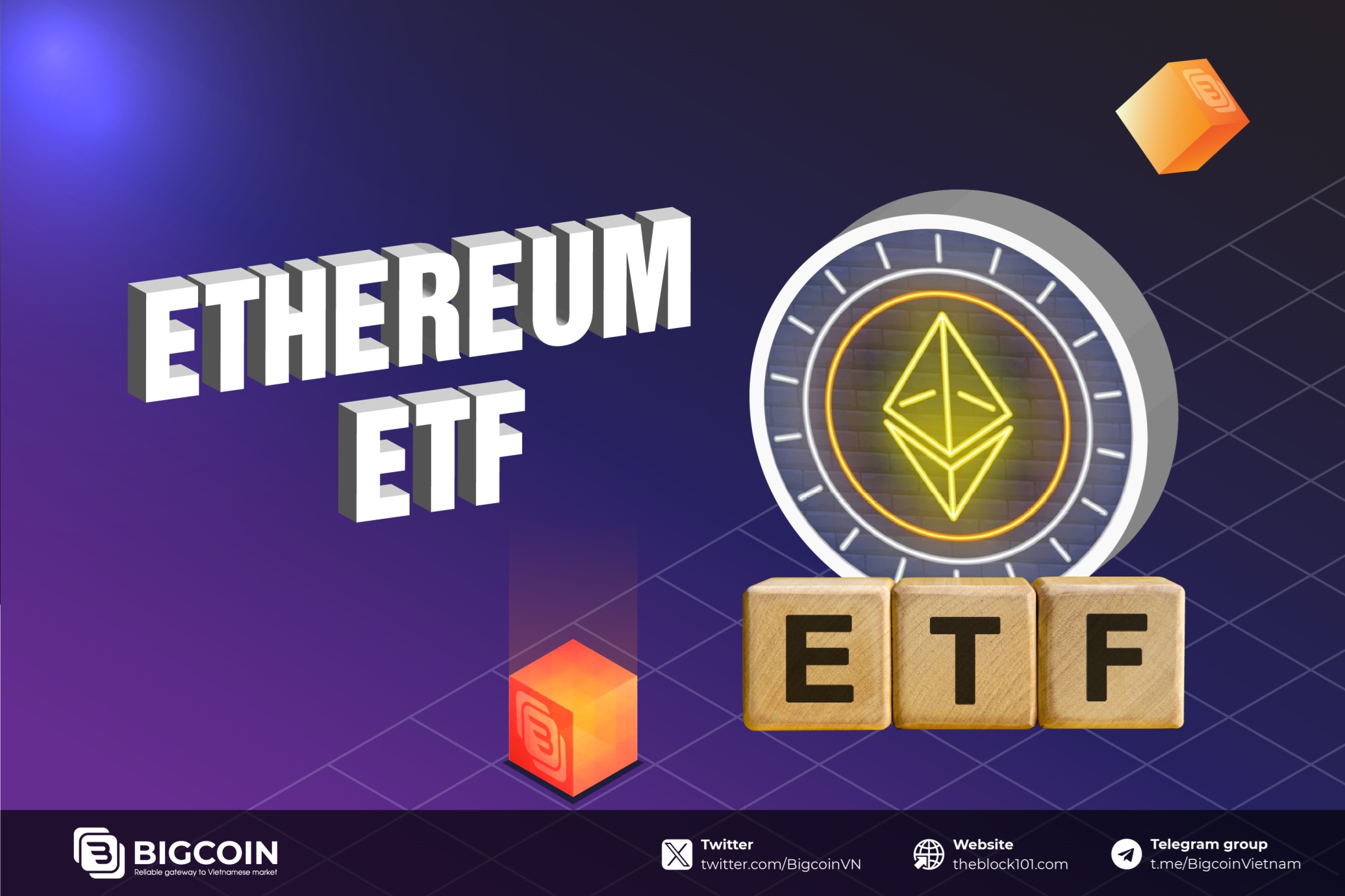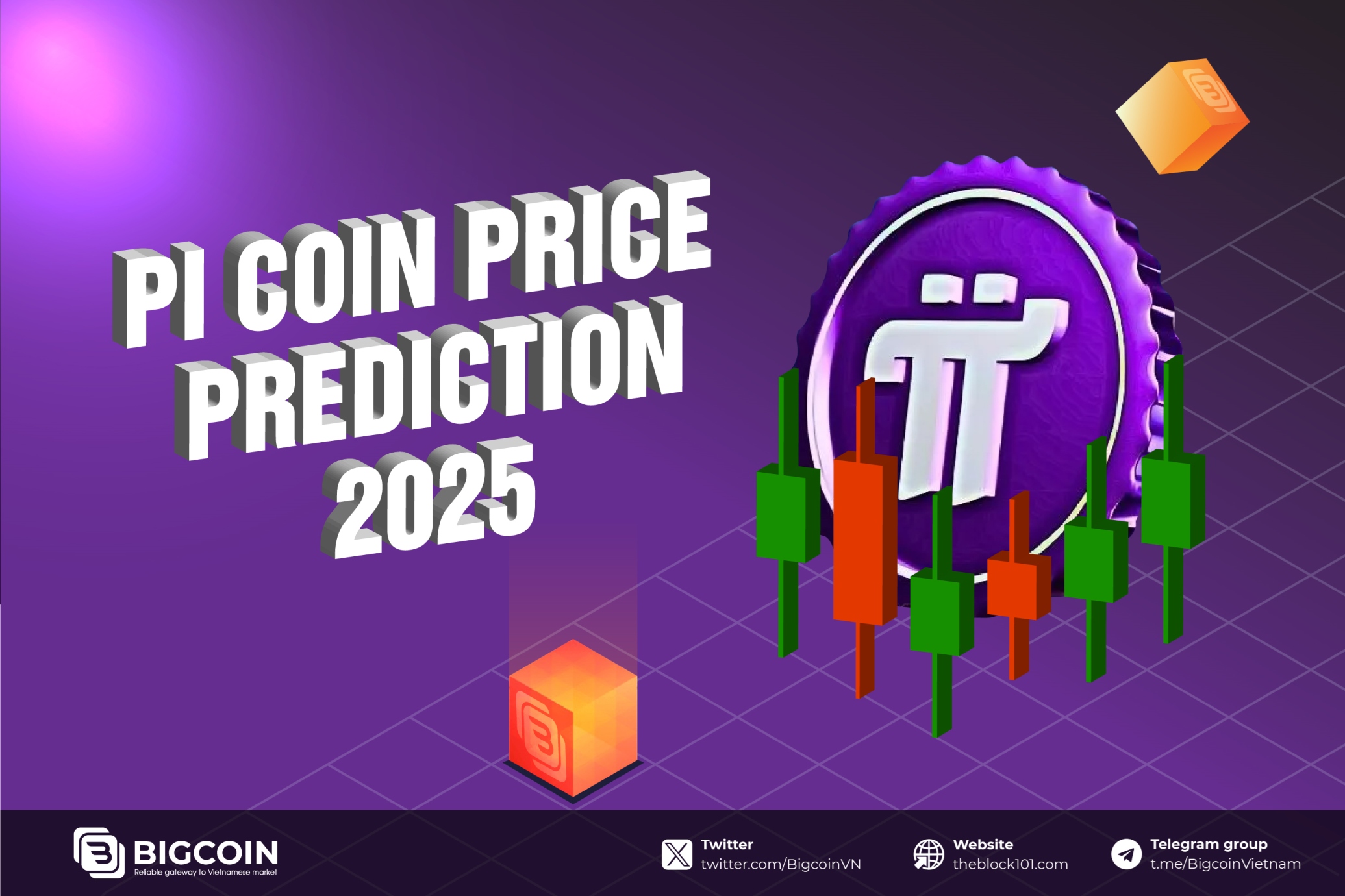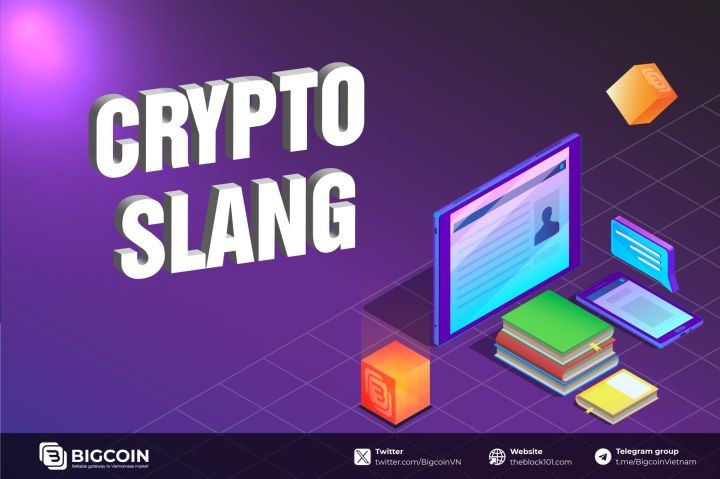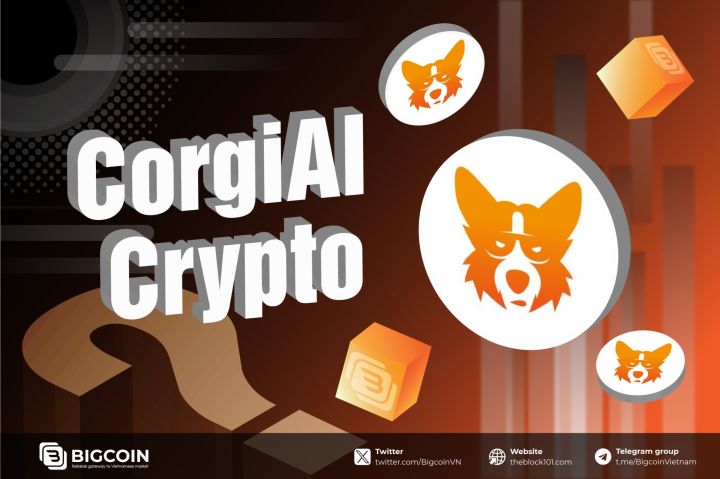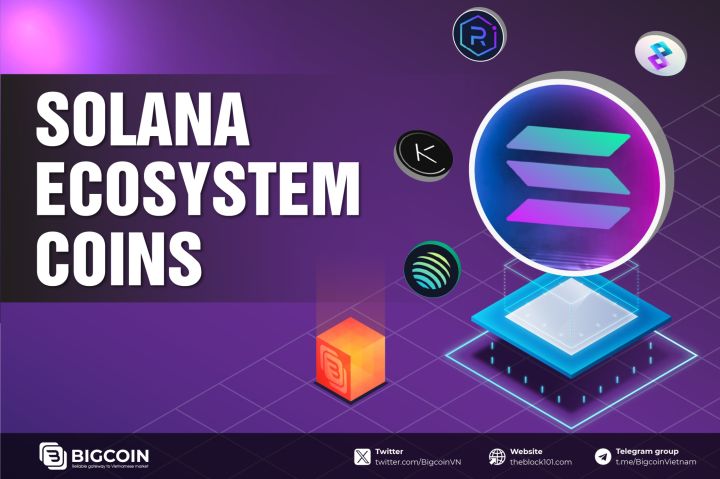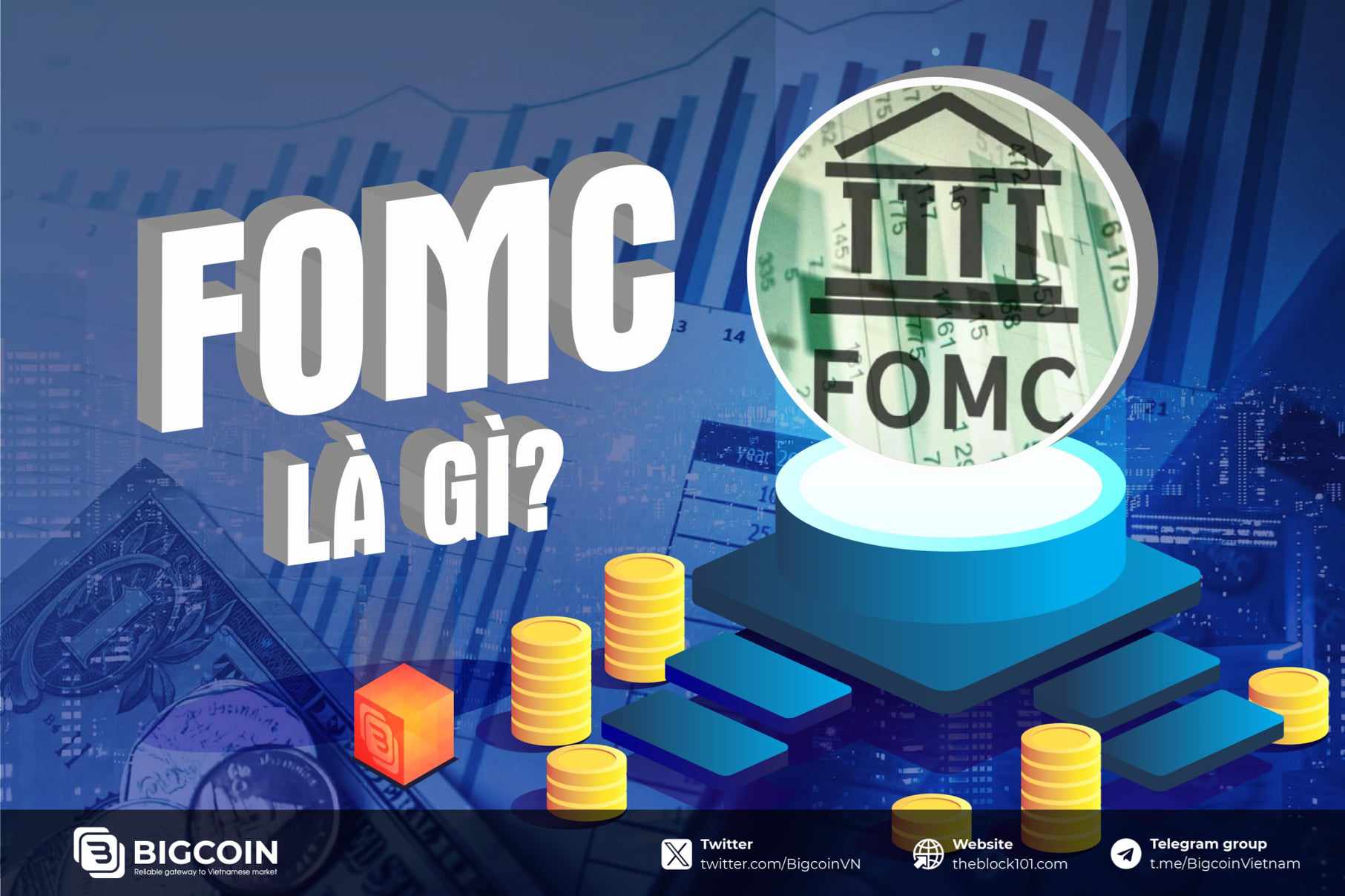
1. What is FOMC?
The Federal Open Market Committee (FOMC) is a powerful entity within the Federal Reserve System, serving as the primary decision-making body for monetary policy in the United States. By directing open market operations (OMOs), the FOMC influences interest rates and the overall supply of money in the economy.
Given the FOMC's pivotal role in shaping the U.S. economy, its decisions have far-reaching implications for both domestic and global financial markets, including the cryptocurrency space. Investors closely monitor FOMC announcements as they can significantly impact asset prices, currency exchange rates, and overall market sentiment.
The FOMC comprises 12 members: seven members of the Board of Governors, the president of the Federal Reserve Bank of New York, and four of the remaining 11 Reserve Bank presidents on a rotating basis. Through its deliberations, the committee sets the short-term objectives for the Fed's open market operations, including the target for the federal funds rate. This rate influences other interest rates throughout the economy, thereby affecting borrowing costs for consumers and businesses.
FOMC decisions can have a profound impact on financial markets. When the FOMC raises interest rates, it typically leads to a stronger U.S. dollar and can put downward pressure on asset prices, including stocks, bonds, and cryptocurrencies. Conversely, when the FOMC lowers interest rates or engages in quantitative easing, it can stimulate economic growth and inflate asset prices.
2. Current Members of the Federal Open Market Committee (FOMC)
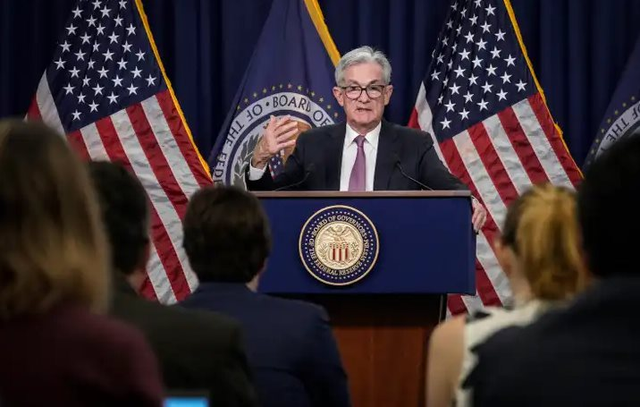
The Federal Open Market Committee (FOMC) is comprised of 12 voting members who play a critical role in determining U.S. monetary policy. The composition of the FOMC ensures a diverse representation of regional economic perspectives and fosters a well-rounded decision-making process.
Key Members:
- Jerome Powell: As the Chair of the Board of Governors of the Federal Reserve System, Powell also serves as the Chair of the FOMC. His leadership has been instrumental in navigating the U.S. economy through unprecedented times, including the COVID-19 pandemic.
- John Williams: The President of the Federal Reserve Bank of New York, Williams is a permanent voting member of the FOMC. His insights on financial markets and the New York economic region are invaluable to the committee's deliberations.
Rotating Members:
The remaining voting members of the FOMC rotate on a regular basis to ensure broad representation of regional economic conditions. These members include presidents of various Federal Reserve Banks.
The rotation typically follows this pattern:
- One-year terms:
- Boston, Philadelphia, and Richmond
- Cleveland and Chicago
- St. Louis, Dallas, and Atlanta
- Kansas City, Minneapolis, and San Francisco
Here is the list of the current members of the FOMC:
| Name | Position |
| Jerome Powell | Chairman of the Federal Reserve Board |
| John Williams | Vice Chairman of the Federal Reserve Board |
| Michelle Bowman | Federal Reserve Board Member |
| Lisa Cook | Federal Reserve Board Member |
| Philip Jefferson | Federal Reserve Board Member |
| Christopher Waller | Federal Reserve Board Member |
| Michael Barr | Federal Reserve Board Member |
| Adriana Kugler | Federal Reserve Board Member |
| Lorie Logan | President of the Federal Reserve Bank of Dallas |
| Neel Kashkari | President of the Federal Reserve Bank of Minneapolis |
| Patrick Harker | President of the Federal Reserve Bank of Philadelphia |
| Austan Goolsbee | President of the Federal Reserve Bank of Chicago |
3. The Roles and Responsibilities of FOMC Members
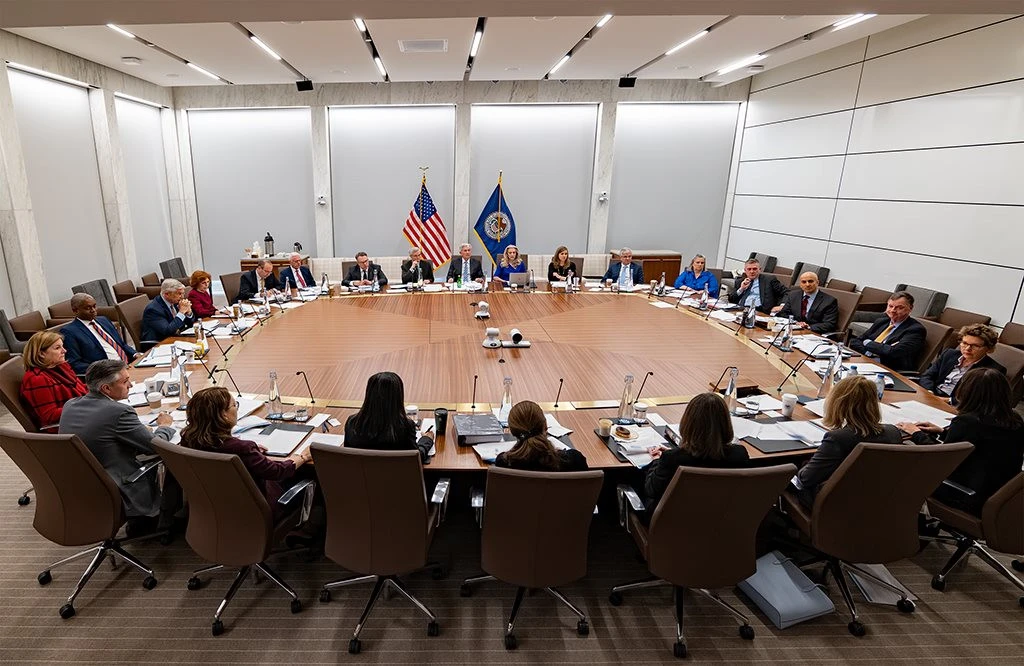
The Federal Open Market Committee (FOMC) is comprised of 12 voting members who play a critical role in shaping U.S. monetary policy. These individuals come together to discuss the current economic landscape, assess potential risks, and make informed decisions about interest rates and other monetary policy tools.
Key Responsibilities of FOMC Members:
- Policy Deliberation: FOMC members engage in in-depth discussions about the state of the economy, including inflation, unemployment, and financial market conditions. They analyze economic data, forecasts, and risks to inform their decision-making.
- Voting on Monetary Policy: Based on their analysis of economic conditions, FOMC members vote on policy actions such as increasing or decreasing the federal funds rate, adjusting the size and composition of the Federal Reserve's balance sheet, or providing forward guidance on the future path of monetary policy.
- Balancing Economic Objectives: FOMC members must balance the dual mandate of achieving maximum employment and price stability. This requires careful consideration of the potential trade-offs between these objectives.
- Communicating Monetary Policy: FOMC members play a crucial role in communicating the committee's decisions and policy outlook to the public and financial markets. Clear and effective communication helps to anchor inflation expectations and maintain financial stability.
Diverse Perspectives:
FOMC members often bring diverse perspectives to the table. They can be categorized into three main groups:
- Hawks: Members who favor a tighter monetary policy, such as higher interest rates, to control inflation.
- Doves: Members who advocate for a more accommodative monetary policy, such as lower interest rates, to stimulate economic growth and job creation.
- Centrists: Members who take a more balanced approach, weighing the costs and benefits of different policy options.
The interplay between these different perspectives shapes the overall tone of FOMC discussions and ultimately influences the decisions made by the committee.
4. The Federal Open Market Committee (FOMC) Operations
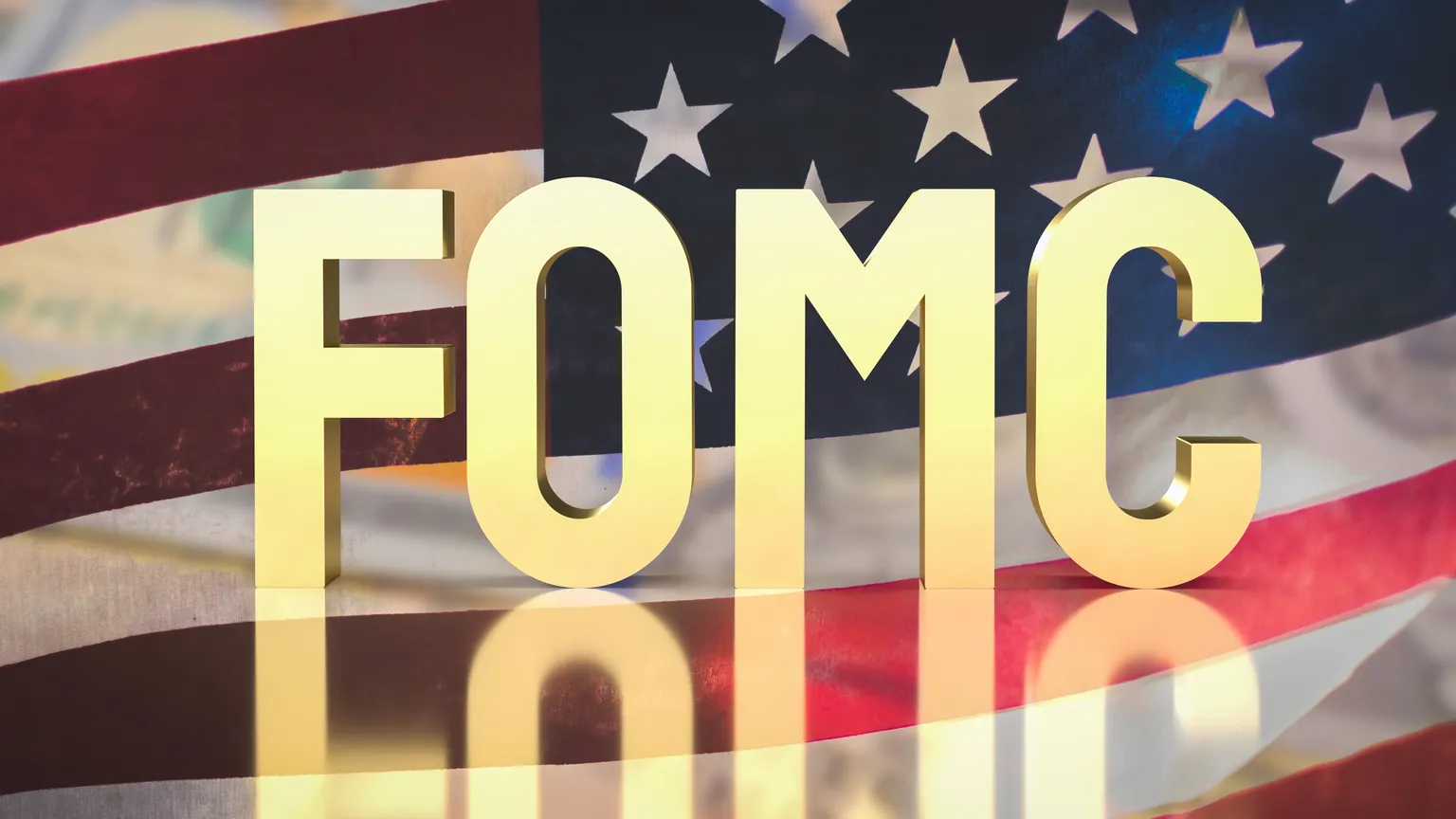
The Federal Open Market Committee (FOMC) is responsible for conducting the open market operations (OMO) of the Federal Reserve. These operations involve the buying and selling of securities, primarily U.S. Treasury securities, to influence the money supply and interest rates in the economy.
The FOMC Process:
- Policy Decision: The FOMC meets eight times a year to discuss the current economic situation and determine the appropriate monetary policy stance. Based on these discussions, the committee decides whether to increase, decrease, or maintain the federal funds rate.
- Implementation: Once a decision is made, the Federal Reserve Bank of New York, acting as the agent for the FOMC, executes the open market operations necessary to achieve the committee's objectives.
- Open Market Operations: To increase the money supply, the Fed purchases securities from primary dealers. This injects money into the banking system, lowering interest rates. Conversely, to decrease the money supply and tighten monetary policy, the Fed sells securities, draining reserves from the banking system.
- The Federal Funds Rate: The federal funds rate is the interest rate at which depository institutions lend reserve balances to one another overnight. The FOMC influences this rate through its open market operations. By buying securities and increasing reserves, the Fed puts downward pressure on the federal funds rate. Conversely, selling securities reduces reserves and puts upward pressure on the rate.
- SOMA: The System Open Market Account (SOMA) is the portfolio of securities held by the Federal Reserve. It includes primarily U.S. Treasury securities, but can also include other assets such as mortgage-backed securities. The SOMA is used to implement monetary policy and to manage the System's balance sheet.
5. Understanding FOMC Meetings: A Comprehensive Guide
The Federal Open Market Committee (FOMC) plays a pivotal role in shaping the U.S. economy through its monetary policy decisions. Understanding the FOMC's role and the implications of its meetings is crucial for investors, especially those involved in the cryptocurrency market.
5.1 FOMC Meetings: An Overview
The FOMC typically holds eight regularly scheduled meetings each year, although additional meetings can be convened if necessary. These meetings are closed to the public, leading to much speculation on Wall Street as analysts attempt to anticipate whether the Fed will tighten or loosen monetary policy.
In recent years, the minutes of FOMC meetings have been released to the public following the conclusion of the meeting. When the Fed makes a decision to change interest rates, it is the result of these regular meetings.
During these meetings, members discuss domestic and international financial conditions, as well as economic forecasts. All members, including the Board of Governors and the 12 Federal Reserve Bank presidents, share their views on the economic outlook and the most appropriate monetary policy for the nation. After careful deliberation, only designated voting members of the FOMC cast votes on the monetary policy action.
5.2 FOMC Meeting Schedule for 2024
The following is a tentative schedule for FOMC meetings in 2024:
- April 30 - May 1, 2024
- June 11-12, 2024
- July 30-31, 2024
- September 17-18, 2024
- November 6-7, 2024
- December 17-18, 2024
5.3 Impact of FOMC Meetings on the Cryptocurrency Market
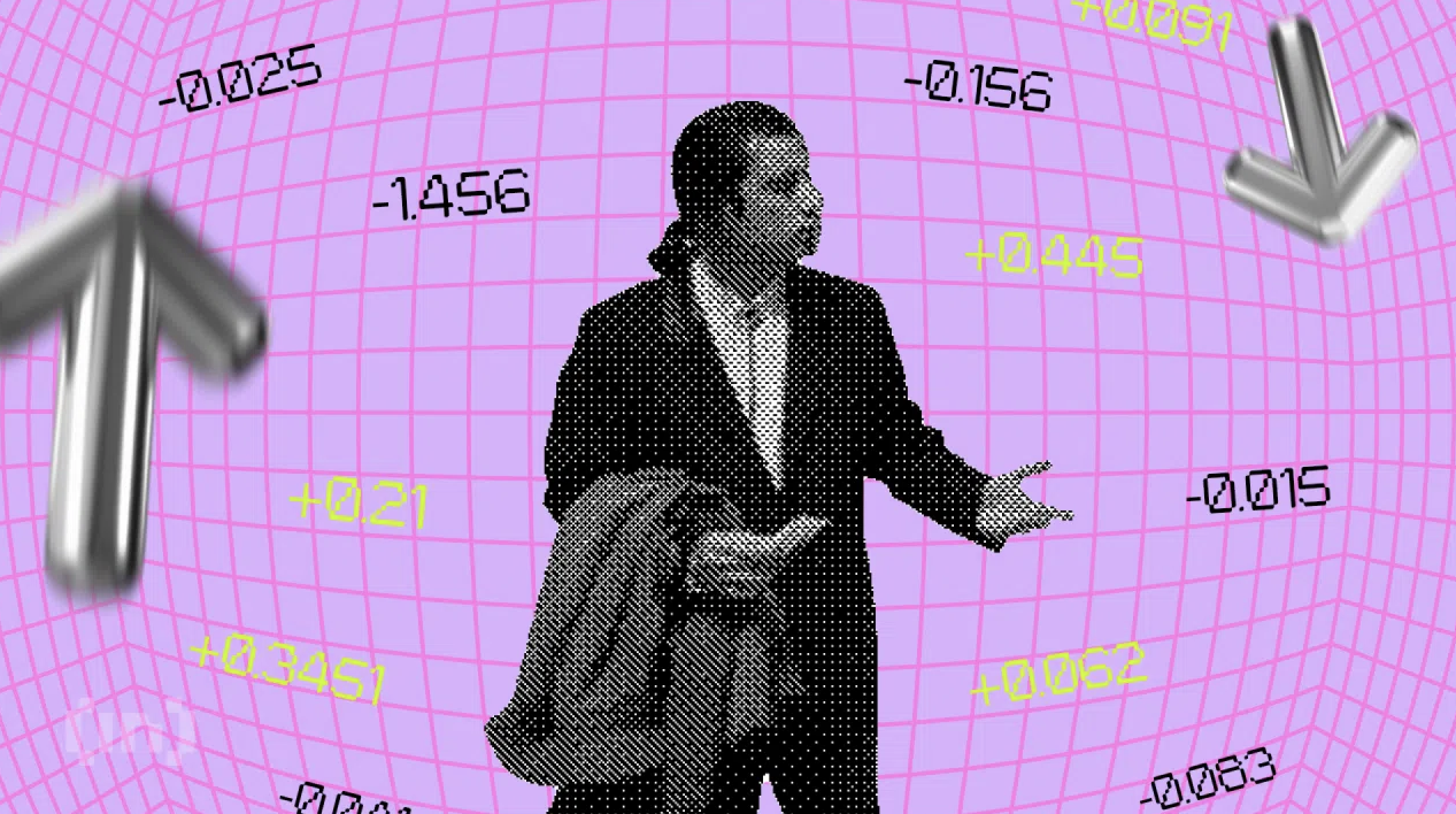
The FOMC's decisions and statements can have a significant impact on the cryptocurrency market. Here's how:
- Interest Rate Policy: The FOMC's decisions on interest rates can influence investor behavior. When the Fed raises interest rates, it often leads to a stronger U.S. dollar and can make cryptocurrencies less attractive as investors may shift their funds to assets with higher yields.
- Economic Outlook: The FOMC's assessment of the economic outlook can impact investor sentiment. A positive outlook may lead to increased risk appetite, potentially benefiting the cryptocurrency market. Conversely, a negative outlook could lead to a flight to safety, causing cryptocurrency prices to decline.
- Global Financial Markets: The FOMC's actions can ripple through global financial markets, affecting the prices of various assets, including cryptocurrencies.
- Inflation Expectations: The FOMC's stance on inflation can influence the attractiveness of cryptocurrencies as a hedge against inflation. If inflation is expected to rise, investors may seek alternative stores of value, such as Bitcoin.
- Market Sentiment: The FOMC's communications can significantly impact market sentiment. Any unexpected policy changes or hawkish or dovish statements from Fed officials can lead to increased volatility in the cryptocurrency market.
In conclusion, the FOMC plays a crucial role in shaping global financial markets, including the cryptocurrency market. Investors should closely monitor FOMC announcements and understand the implications of their decisions on their portfolios.
6. Conclusion
The Federal Open Market Committee (FOMC) wields significant influence over global financial markets, and the cryptocurrency market is no exception. The FOMC's decisions regarding interest rates and monetary policy can have a profound impact on investor sentiment and capital flows within the crypto ecosystem.
Readmore:

 English
English Tiếng Việt
Tiếng Việt
.jpg)

